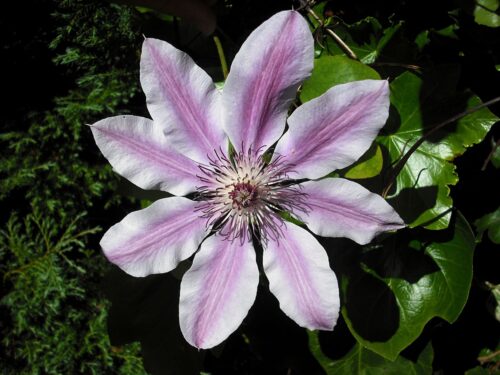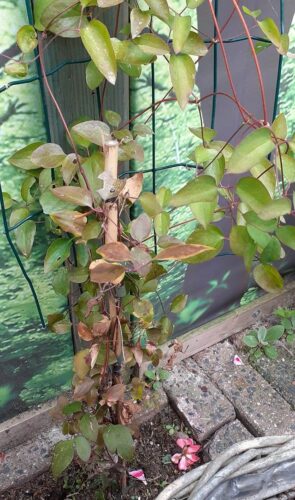Clematis – a large group of plants with lianas and perennials, belonging to the ranunculus family (Ranunculaceae). Clematis plants are found worldwide in the temperate regions.
Also known as:
Traveller’s joy for Clematis vitalba
Virgin’s bower for Clematis terniflora a.o.
Old man’s beard
Leather flower
Vase vine for Clematis viorna
You are viewing the mobile-adapted version of the page.
The one for tablets, laptop and desktop also provides general information, such as origin, toxicity and cultivation.
Clematis – a plant group of lianas and perennials, belonging to the ranunculus family (Ranunculaceae) .
Clematis plants are found in the temperate zones of both hemispheres. The species from temperate regions are deciduous, but those from warmer regions are evergreen.
In forests vine (Clematis vitalba) is common along forest edges.
The moderately to strongly growing creepers reach – with support – a height of two to six meters.
The stems of the clematis wind up past other plants or support points. The flowering period ranges from May to September.
Many cultivars are available for the ornamental garden, which vary widely in color and shape. The flowers can be a few centimeters in size, but also more than twenty cm.
Clematis flowers and leaves like a sunny position, but the base of the plant needs to be in the shade. This prevents the soil around the plant from drying out quickly. Plant a Clematis in humus-rich, moist soil; it must be well permeable to water. Most clematis varieties are hardy; plant evergreen Clematis in a sheltered spot to avoid winter wind damage.
Bugs
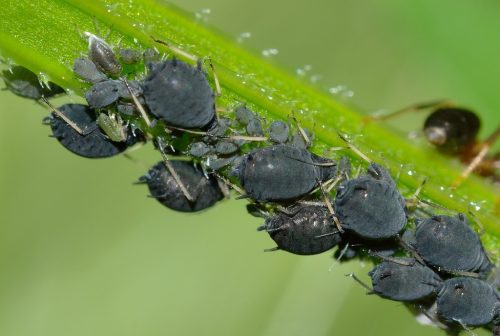
Aphids on the leaves, flower buds and stems. Sometimes accompanied by ants that ‘milk’ the aphids for the honeydew.
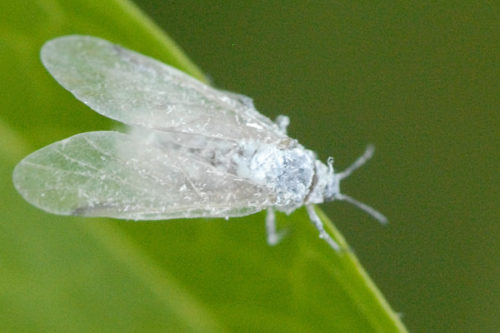
Whiteflies colonize the underside of the leaf. They feed on leaf sap and secrete honeydew: cabbage whitefly (Aleyrodes proletella) . on the honey
Fungi & diseases
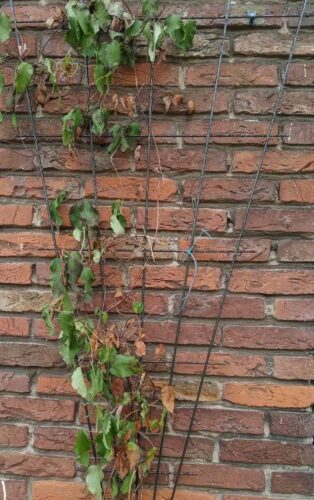
Spots appear on the leaves, followed quite quickly by wilting of the stems. The top of the stem weakens and the shoot dies: clematis wilt (Calophoma clematidina).
Withering and dying of shoots and stems can also be caused by infestation of the roots by honey fungus (Armillaria mellea) and/or Phytophthora root rot.
White fungal fluff on the underside of the leaves: downy mildew.

